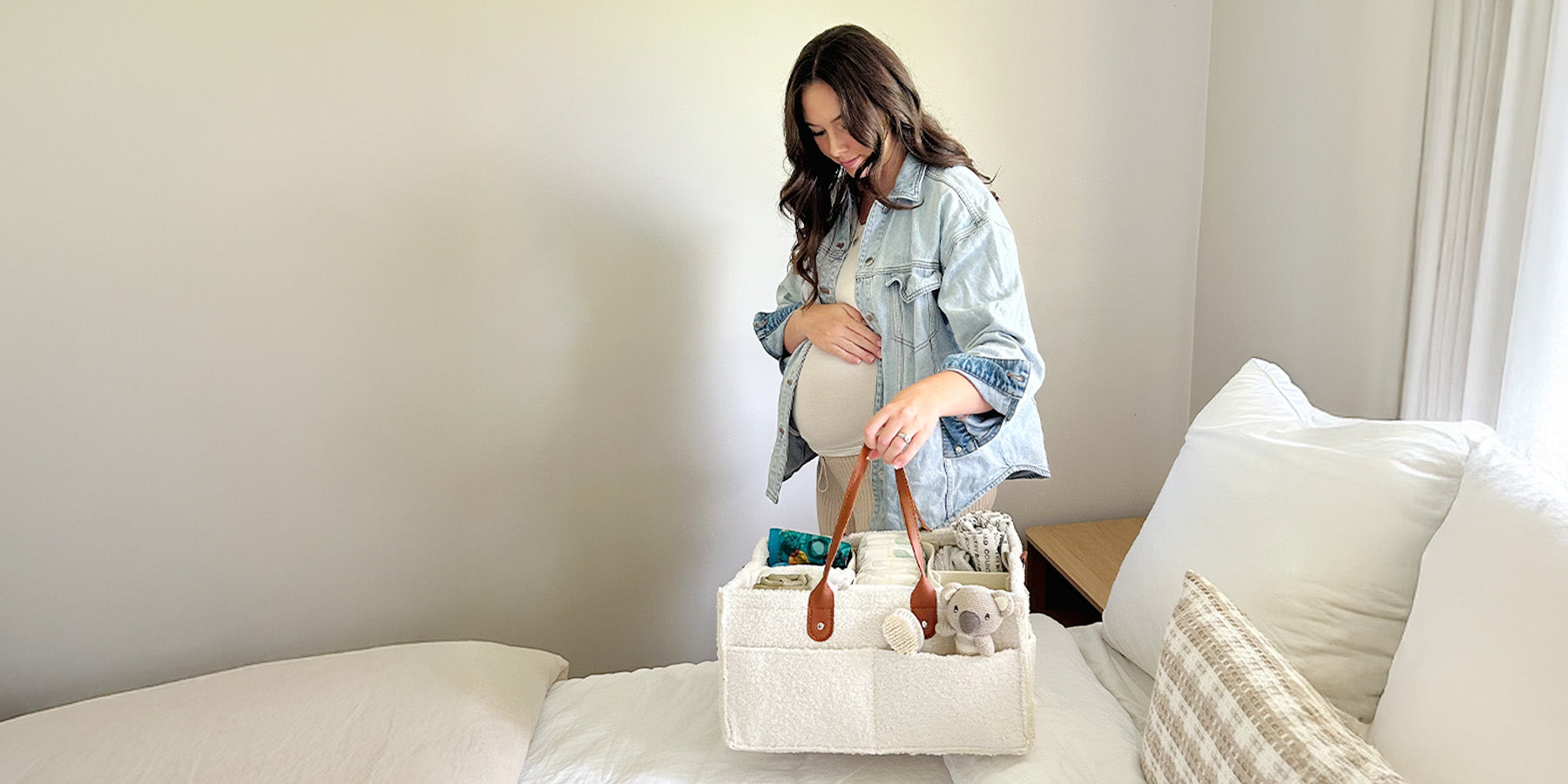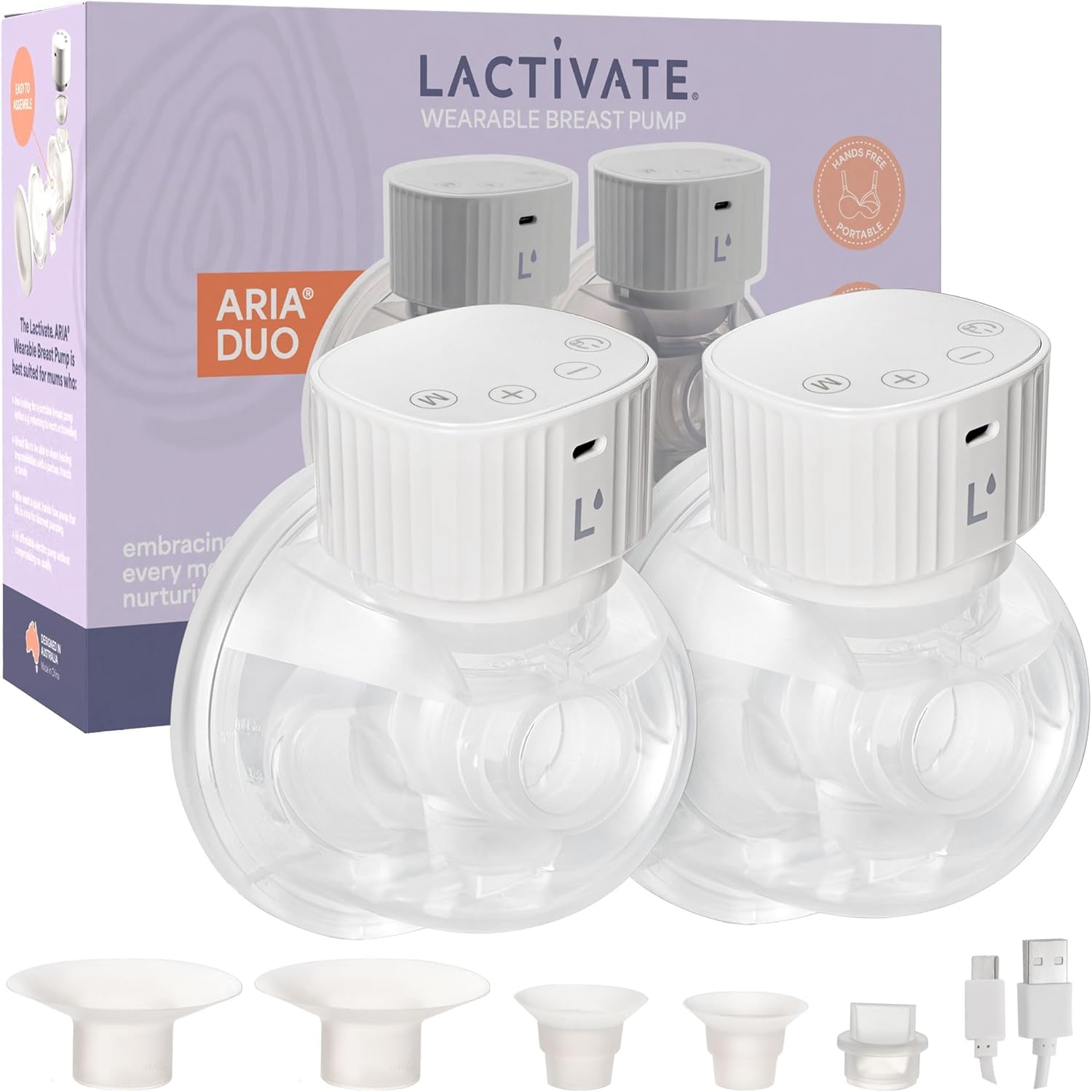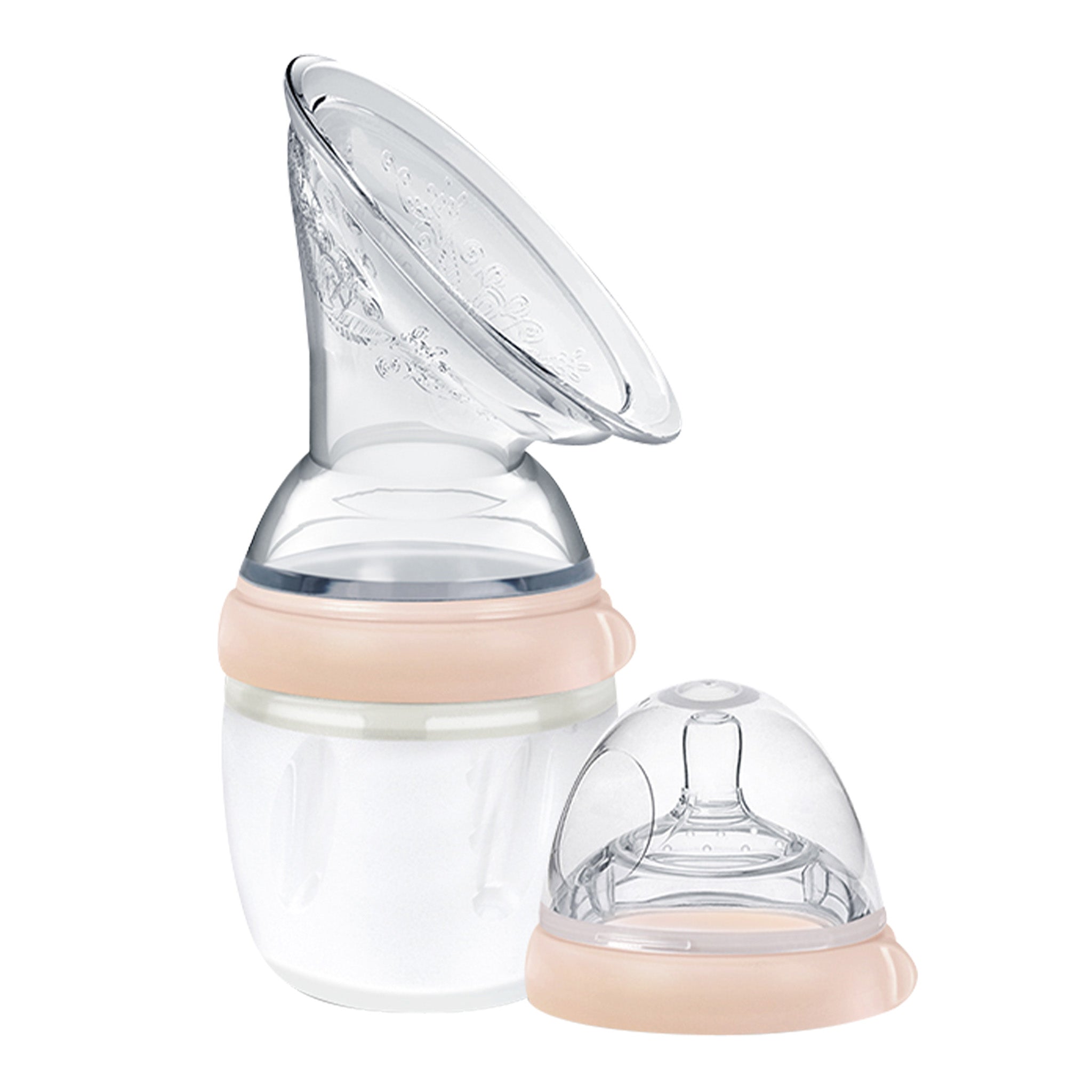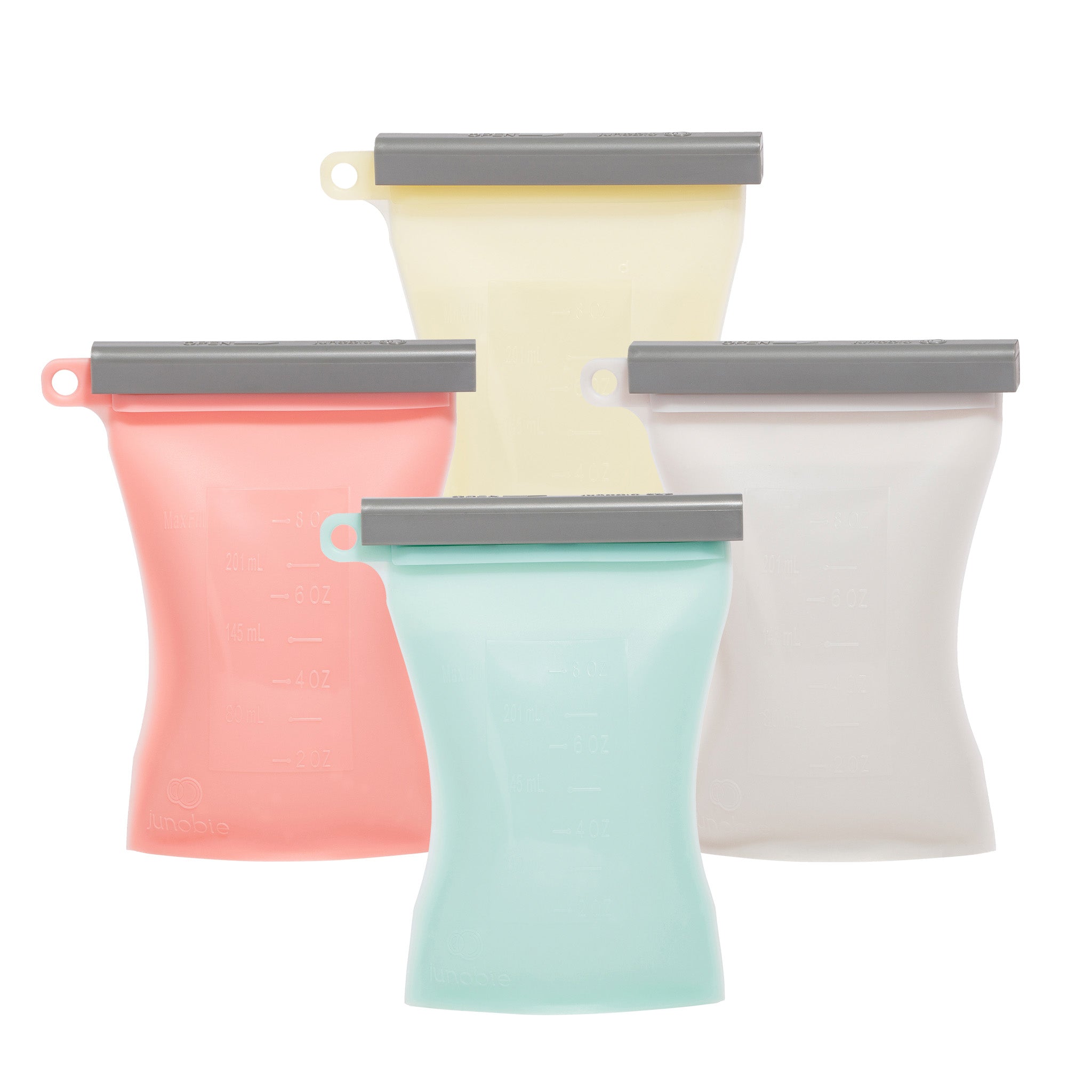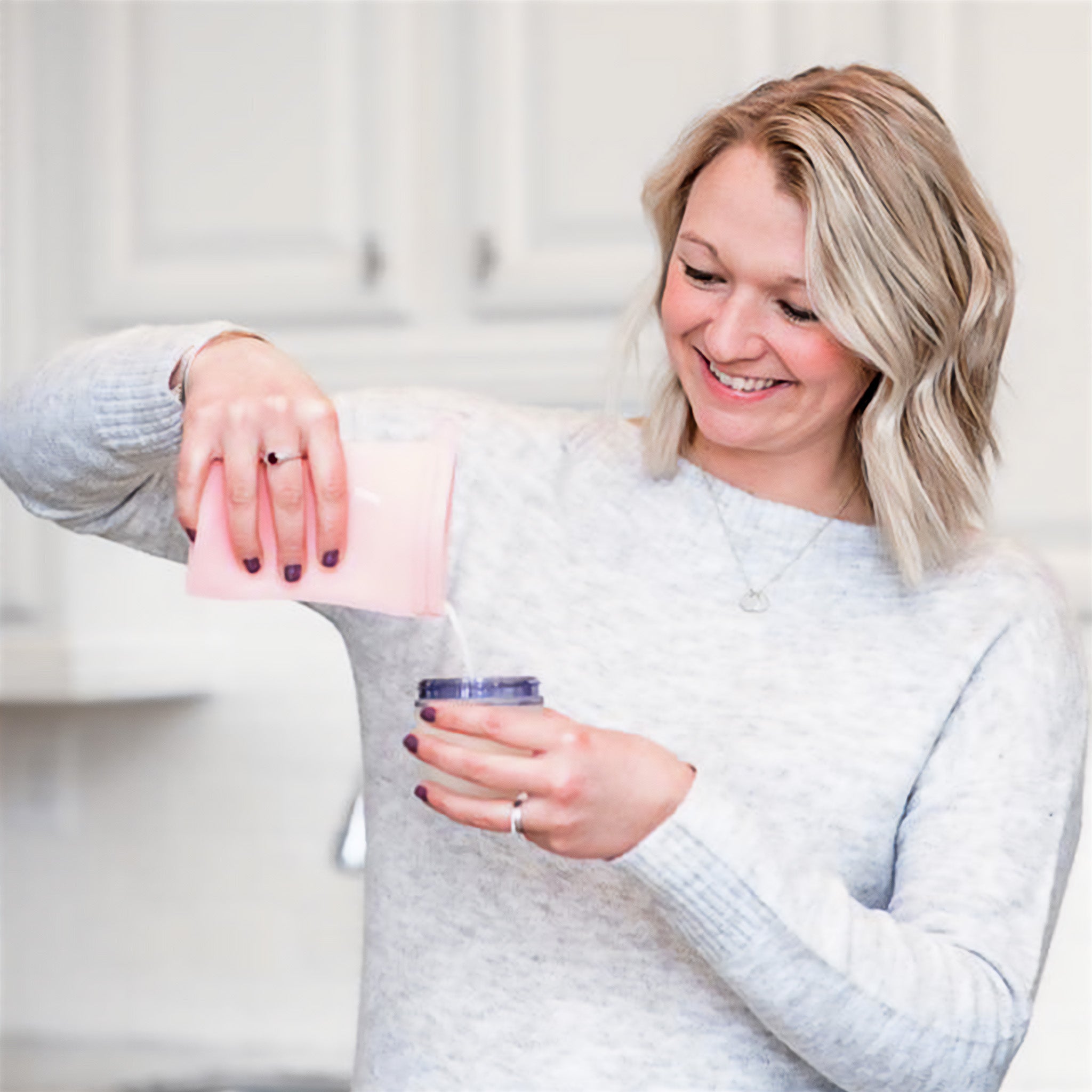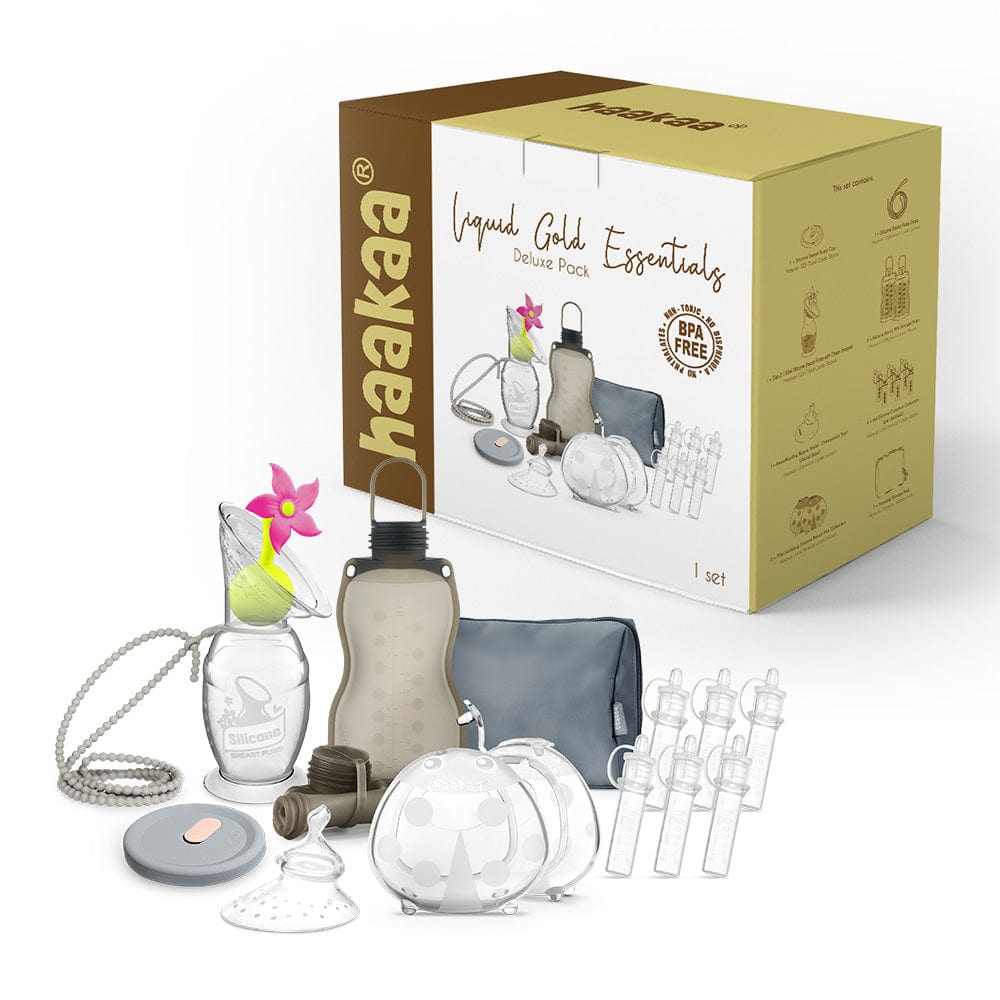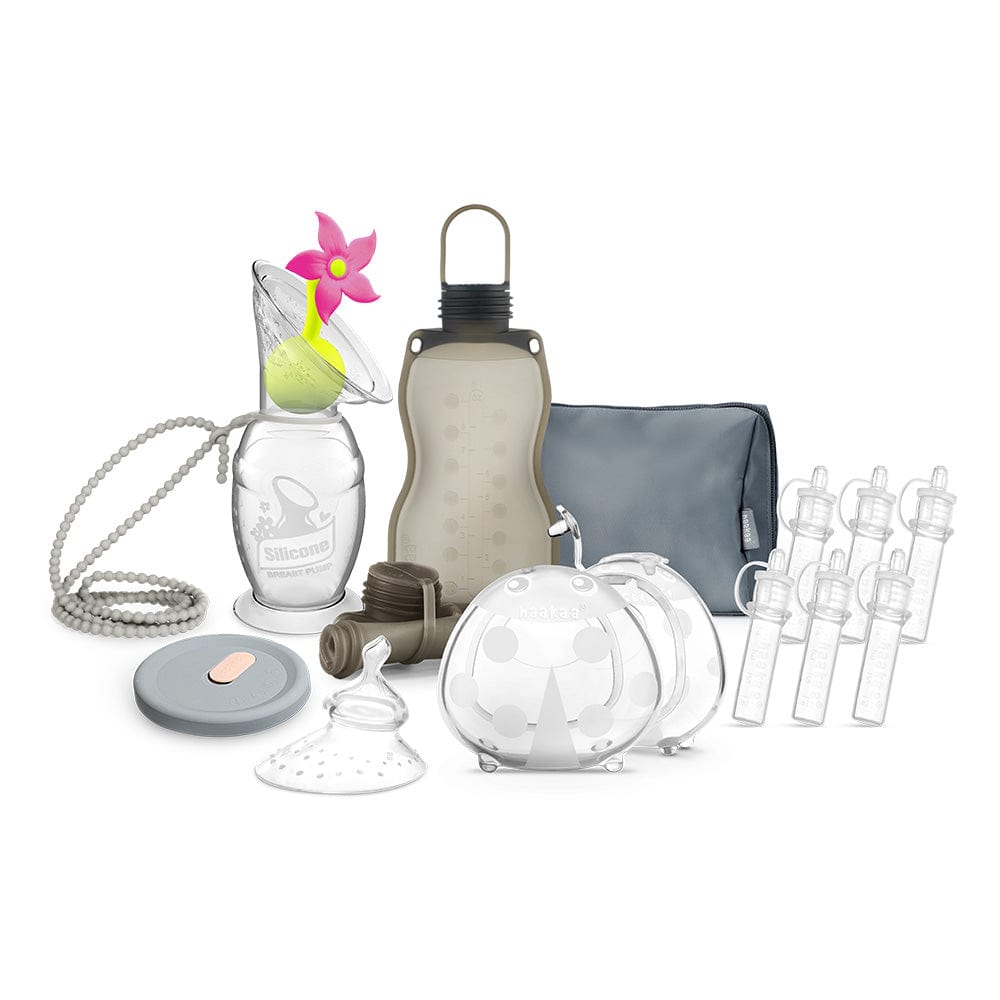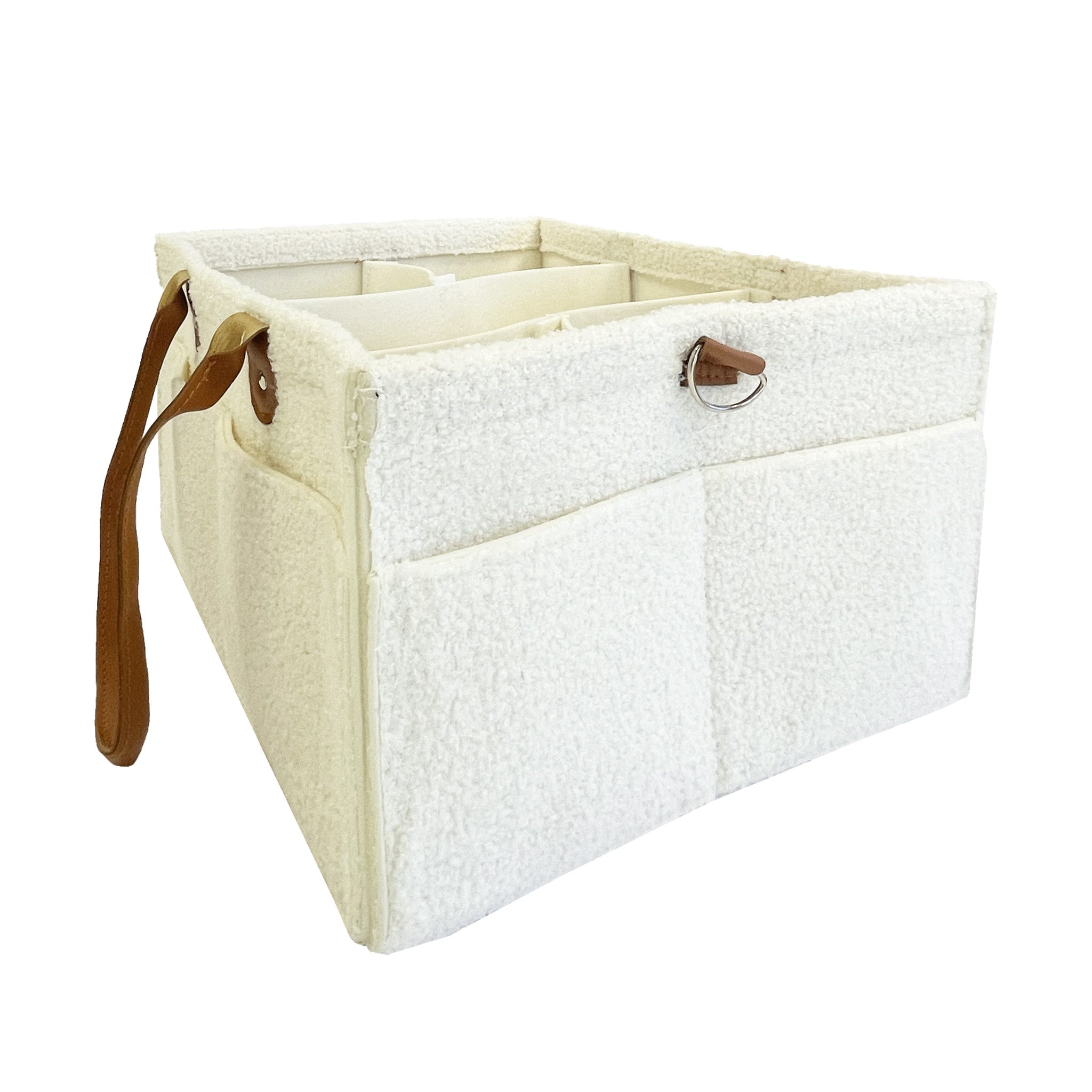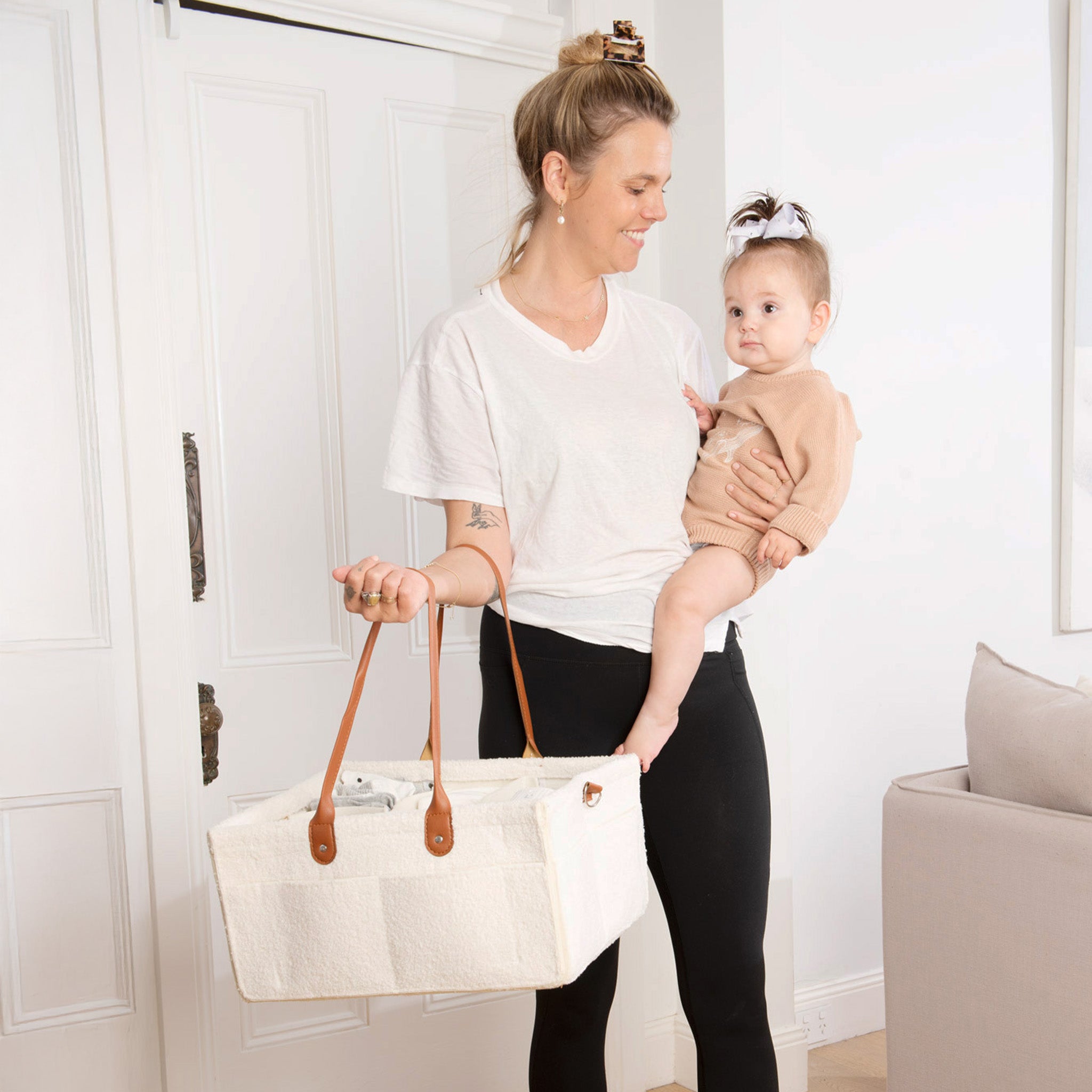You may have heard the term ‘tummy time’ being thrown around as a ‘must-do’ for parents of newborns but what exactly is it, and, more importantly, why is it so important for your little one?
We are answering all your pressing questions so you can enjoy some tummy time with your bub.
What IS tummy time?
So, what exactly IS tummy time? The Royal Children’s Hospital defines tummy time very simply as: “placing your baby on their stomach when they are awake.” By doing this, you “help strengthen your baby’s muscles and protect the shape of their head.” By this definition, tummy time literally involves any time your bub spends on their belly. This may be during playtime, after a bath or even during nap change time.
Why is tummy time important?
As previously mentioned, tummy time is recommended by professionals as it helps strengthen your bubs developing neck muscles as it encourages them to begin holding up their heads. These muscles are also important when it comes time to learn to roll, sit and crawl. Tummy time is also important as it helps prevent a condition called Plagiocephaly.
Plagiocephaly is sometimes referred to as bubs having a ‘misshapen head’. Plagiocephaly occurs due to the softness of your baby's skull. The bones are still flexible and can be pushed out of shape quite easily. Flattening or asymmetry may occur if your baby spends too much time in the same position, usually on their back, putting pressure on a particular part of the head. To prevent Plagiocephaly from occurring, health professionals recommend varying your little one's head position when they are awake and asleep. Tummy time can help contribute to this.
When should I start tummy time?
Tummy time can start pretty much straight after birth! Your caregiver may suggest very short bursts of supervised tummy time each day during bubs awake window. While some babies don’t mind being placed on their belly, others aren’t huge fans and will make their objections known. Start with small increments of time, no more than two minutes, when bub is relatively alert and not overly full (a very full belly of milk being squashed down is probably not going to end well). As your baby begins to adjust to spending time on their tummy, you can increase the minutes.
‘My baby HATES tummy time’
Tummy time can be hard work for young babies. Their head is HEAVY and being on their belly forces them to hold it up and/or turn it in a way they aren’t necessarily used to. By starting tummy time early, keeping the time very brief and incorporating some distractions, you can usually make the process a little smoother. Mirrors, brightly coloured toys and things like music or singing can work well in encouraging bub to stay on their tummy for the allocated amount of time. Remember, tummy time for very little babies can also involve being held chest to chest with you/your partner or even being worn in a baby carrier. These positions take the pressure off the back of your bubs head and can encourage them to start looking up, without them needing to be flat on a surface. Contact naps and baby wearing are a great way to incorporate tummy time alongside the usual methods.
How to incorporate tummy time into your daily routine
Finding time to incorporate tummy time into your day can be tricky when your little one only has a short awake window, especially in the very early days. Adding tummy time to an activity you are already doing is an easy way to get it done, without trying to find extra time or, worse still, trying to squeeze it in with a cranky, overtired baby!
Three ideal times to add tummy time are after a feed and during playtime, during nappy change time or after a bath and before bed. During these times, bub is usually awake, alert and relatively content. These activities also happen pretty much everyday making it easy for tummy time to become a part of your daily routine. Some parents even like to include tummy time as part of the before bed routine and alongside baby massage for a calming and soothing end to the day.
Tummy time as bub gets older
As your baby gets older and begins to spend more time awake and moving around, the way tummy time looks will likely change but it is still an important part of their routine. Older babies will often enjoy spending time on their tummies if toys or other activities are incorporated as this makes it seem more like play. By the 6-month mark, many bubs will enjoy reaching out for and grasping toys, wriggling around on their bellies and/or practicing the initial stages of crawling. A soft play mat and some favourite toys can make tummy time much more enjoyable for this age group.
Featured Product
This group of hero products in our Breastfeeding Game Changers Bundle are our game-changing tools designed to make breastfeeding more comfortable, easier and more convenient for mamas on every journey. Once you have finished pumping with our Haakaa Breast Pump & Cap Combo you can then use the Haakaa Breastmilk Storage bags to store your liquid gold. Using the Lactivate Silver Nursing Cup, Lactivate Breast Heat & Ice Pack and LaVie Lactation Massager to help aid in a more comfortable breastfeeding experience.
For more breastfeeding resources and blogs, check out our resource section


